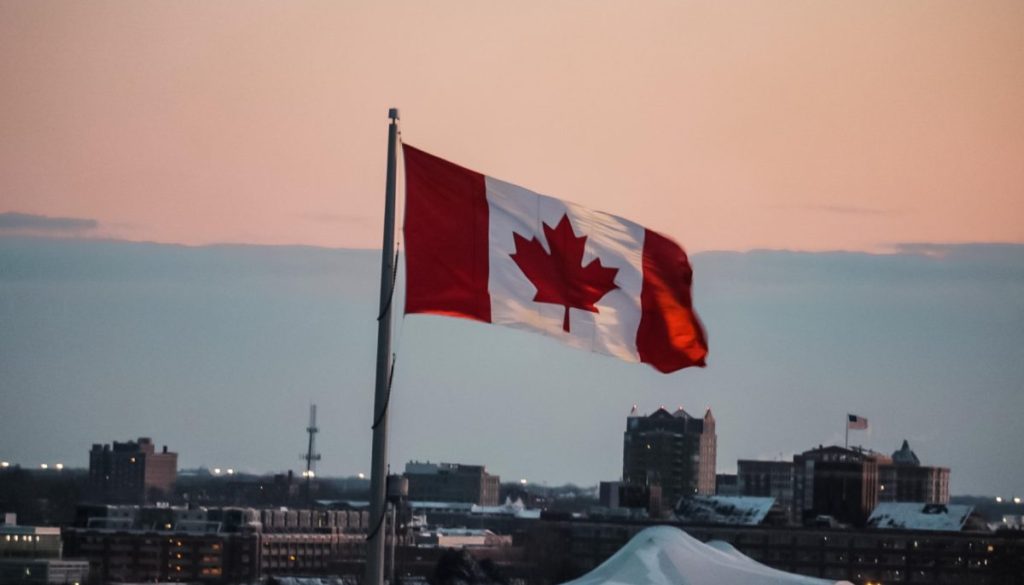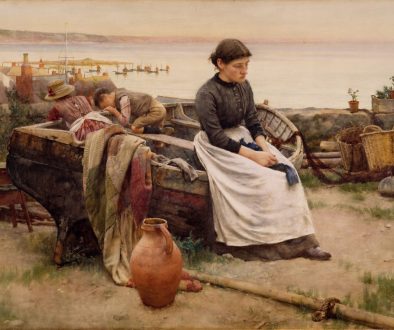Canada’s History
- The Huron-Wendat
of the Great Lakes region, like the Iroquois, were farmers and hunters.
- The Cree
and Dene of the Northwest were hunter-gatherers.
- The Sioux
were nomadic, following the bison (buffalo) herd.
- The Inuit
lived off Arctic wildlife.
- West
Coast natives preserved fish by drying
and smoking.
- The Vikings from Iceland who colonized Greenland
1,000 years ago also reached Labrador and the island of Newfoundland. The remains of their settlement, l’Anse aux
Meadows, are a World Heritage site.
- European exploration began in earnest in 1497
with the expedition of John Cabot,
who was the first to draw a map of Canada’s East Coast.
- Between 1534 and 1542, Jacques Cartier made
three voyages across the Atlantic, claiming the land for King Francis I of
France.
- Cartier heard two captured guides speak the
Iroquoian word kanata, meaning “village.”
- By the 1550s, the name of Canada began appearing
on maps
- Outstanding leaders like Jean Talon, Bishop Laval, and Count Frontenac built a French Empire
in North America that reached from Hudson Bay to the Gulf of Mexico.
- The Frenchspeaking Catholic people, known as habitants or Canadiens,
- In 1670,
King Charles II of England granted the Hudson’s Bay Company exclusive
trading rights over the watershed draining into Hudson Bay
- Count
Frontenac refused to surrender Quebec to the English in 1690, saying: “My
only reply will be from the mouths of my cannons!”
- Pierre Le
Moyne, Sieur d’Iberville, was a great hero of New France, winning many
victories over the English, from James Bay in the north to Nevis in the
Caribbean, in the late 17th and early 18th centuries
- In 1759, the British defeated the French in the
Battle of the Plains of Abraham at Québec City — marking the end of France’s
empire in America.
- Sir Guy
Carleton (Lord Dorchester), as Governor of Quebec, defended the rights of
the Canadiens, defeated an American military invasion of Quebec in 1775, and
supervised the Loyalist migration to Nova Scotia and Quebec in 1782–83
- British Parliament passed the Quebec Act of 1774
- Joseph
Brant led thousands of Loyalist Mohawk Indians into Canada. (Aroun 1776)
- The first representative assembly was elected in
Halifax, Nova Scotia, in 1758. Prince Edward Island followed in 1773, New
Brunswick in 1785.
- The
Constitutional Act of 1791 divided the Province of Quebec into Upper Canada
(later Ontario), which was mainly Loyalist, Protestant and English-speaking,
and Lower Canada (later Quebec), heavily Catholic and French-speaking.
- The name Canada also became official at this
time and has been used ever since.
- The Atlantic colonies and the two Canadas were
known collectively as British North America.
- General
Sir Arthur Currie, Canada’s greatest soldier
- Colonel
John McCrae composed the poem “In Flanders Fields” in 1915
- In the visual arts, Canada is historically
perhaps best known for the Group of
Seven, founded in 1920, who developed a style of painting to capture the
rugged wilderness landscapes.
- Emily
Carr painted the forests and Aboriginal artifacts of the West Coast.
- Les
Automatistes of Quebec were pioneers of modern abstract art in the 1950s,
most notably Jean-Paul Riopelle.
- Quebec’s Louis-Philippe
Hébert was a celebrated sculptor of historical figures.
- Kenojuak
Ashevak pioneered modern Inuit art with etchings, prints and soapstone
sculptures.
- The films of Denys Arcand have been popular in Quebec and across the country,
and have won international awards
- Other noteworthy Canadian filmmakers include Norman Jewison and Atom Egoyan
- Men and women of letters included Stephen Leacock, Louis Hémon, Sir Charles
G.D. Roberts, Pauline Johnson, Émile Nelligan, Robertson Davies, Margaret
Laurence and Mordecai Richler
- Musicians such as Sir Ernest MacMillan and Healey
Willan won renown in Canada and abroad
- Writers such as Joy Kogawa, Michael Ondaatje and Rohinton Mistry have
diversified Canada’s literary experience.
Some General Notes
- Word “Inuit”
mean- People
- Iroquoian word “kanata“, meaning “village”
- The Canada Health Act ensures common elements
and a basic standard of coverage.
- Unemployment
insurance (now called “employment insurance”) was introduced by the federal
government in 1940.
- Old Age
Security was devised as early as 1927,
- Canada and Quebec Pension Plans in 1965.
- Publicly funded education is provided by the
provinces and territories.
- Quebec experienced an era of rapid change in the
1960s known as the Quiet Revolution.
Share this post:
on Facebook
on LinkedIn



